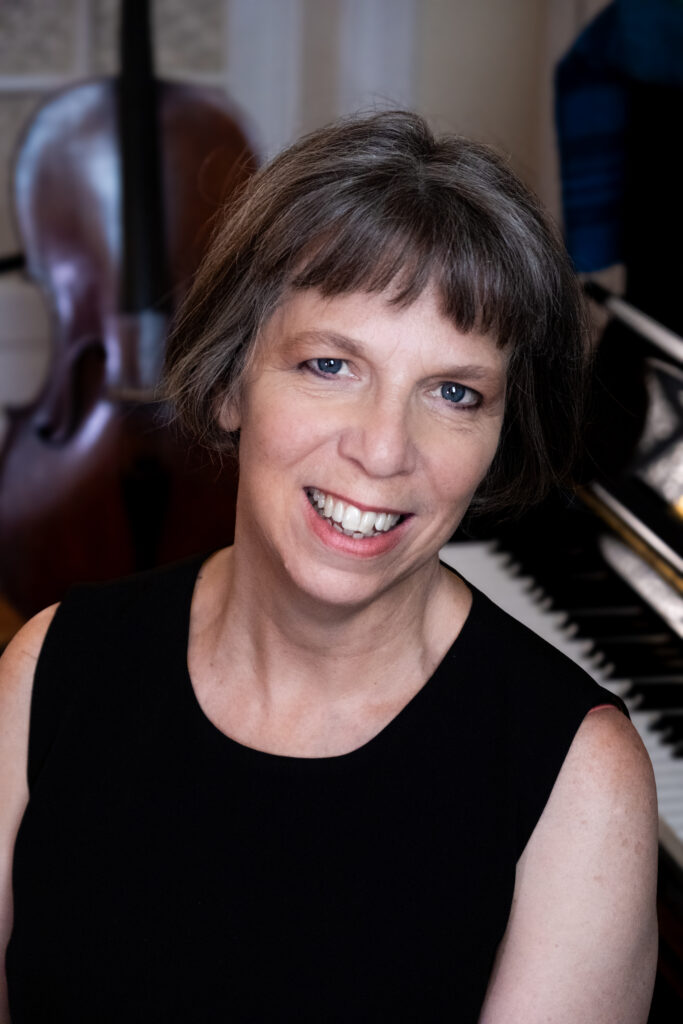Tuesday, November 27, 2007
Percy Bysshe Shelley was a most unusual man. He was born to privilege in a wealthy family. He began writing poetry very young and published his first novel while at Oxford University. After less than a year he was thrown out of the University for his atheistic views.
At the age of 19 he eloped to Scotland to marry the 16 year-old Harriet Westbrook, but three years later fell in love with Mary Godwin, who, after the apparent suicide of Harriet, became Mary Shelley – author of the famous novel “Frankenstein“.
Percy Shelley drowned in a storm just before his thirtieth birthday.
Shelley’s poem “The Sunset” dates from 1816 (you can read the poem here). It is a rather peculiar poem about a young couple, written in the gothic style – desolate and macabre :
- The poem begins in a calm, reflective way. The death of a young man is described – but as a beautiful, romantic happening. Then we are shown the young man walking with his love through the countryside under the light of the setting sun.
- The beginning of the second stanza keeps the sweet tone of the poem, describing the young couple’s night of love. But then, abruptly, the woman awakes to find her lover dead in her arms.
- The rest of the poem describes the woman’s suffering and laments as she hopes for peace in death.
“Il Tramonto” is a setting (written in 1914) by Ottorino Respighi of an Italian translation of this poem. Respighi captures perfectly the change in tone that occurs just after the beginning of the second stanza.
“Il Tramonto” is usually performed by voice and string quartet, although it exists in a version for voice with string orchestra. In this extract I sing the first part of a version for voice and piano, accompanied by Janet Hughes.
[audio:Respighi.mp3]
Tuesday, November 20, 2007
At first thought it might seem strange that an English woman living in Belgium should be singing the works of Bertolt Brecht and Kurt Weill. In fact, I have been mad about Brecht ever since studying “Mutter Courage” for A-level German at school. In Kurt Weill he found the perfect composer for his ideas.
Anna is the central character of the sung ballet “The Seven Deadly Sins“. She appears as a split personality : her practical self is played by a singer, the beautiful, artistic side by a dancer.
The story, a biting satire on capitalism, tells of how Anna goes to the big city to make her fortune. At every turn, her practical, materialistic side persuades her artistic side to give up all genuine, valuable emotions until by the end everything bows to the accumulation of wealth.
What attracts me about this piece?
- The words and ideas of Brecht are hard-hitting and original.
- The text is also very witty. Brecht takes the concept of the seven deadly sins (pride, envy etc.) and twists it so that each time a good, worthy quality becomes the ‘sin’. So ‘pride’ becomes not being prepared to work as a half-clad dancer in a sleazy nightclub, and ‘lust’ is wanting to sleep with the penniless man whom one adores rather than the sugar-daddy who will pay the bills…
- Weill’s music fits Brecht’s texts enormously well. The black humour of the words pervades the musical ideas which are often highly imaginative, even zany. In the original scoring the family is a male ‘barbershop’ style quartet, the greedy mother is sung by a bass.
For more information on this exceptional piece you can visit the sites of the Los Angeles Philharmonic Association or the Kurt Weill Foundation for Music.
This week there will be three performances of Pierre Bartholomée’s Requiem.
The Laudantes Consort (with whom I shall be singing) and the talented instrumentalists of Ensemble Musiques Nouvelles will be performing Bartholomée’s Requiem in première at the Brussels Conservatory in Belgium on Thursday November 8th at 20:30.
Concerts in Nivelles and Sint Truiden follow on Friday November 9th and Saturday November 10th. For more details see Agenda.
This week has seen me concentrating on the educative project Etoiles et Voix that has been set up by the Réseau de Musiciens en Ateliers.
Etoiles et Voix is a project that runs alongside this year’s Queen Elisabeth Competition for Voice in Belgium, and introduces primary school children to opera arias that are to be sung by the competitors.
In particular, I have been trying my hand at arranging Benjamin Britten’s Embroidery Aria (from Peter Grimes) for two-part unaccompanied children’s chorus. This has proved challenging not least because :
- Britten likes to change key quite a bit;
- his time-signature just refuses to stay consistent;
- the vocal range he requires is challenging…
I remain undaunted, however, and am greatly looking forward to my chance to get Brussels primary school children – of so many different social and cultural backgrounds – singing opera!
Tuesday, October 23, 2007
On Sunday it was my pleasure to attend two concerts of youngsters performing on the piano and violin.
I am so impressed with the goodwill that children show (by and large…) while grappling with all the complicated tasks set them by their respective responsible adults. We expect so much of them and yet they so often exceed our expectations.
